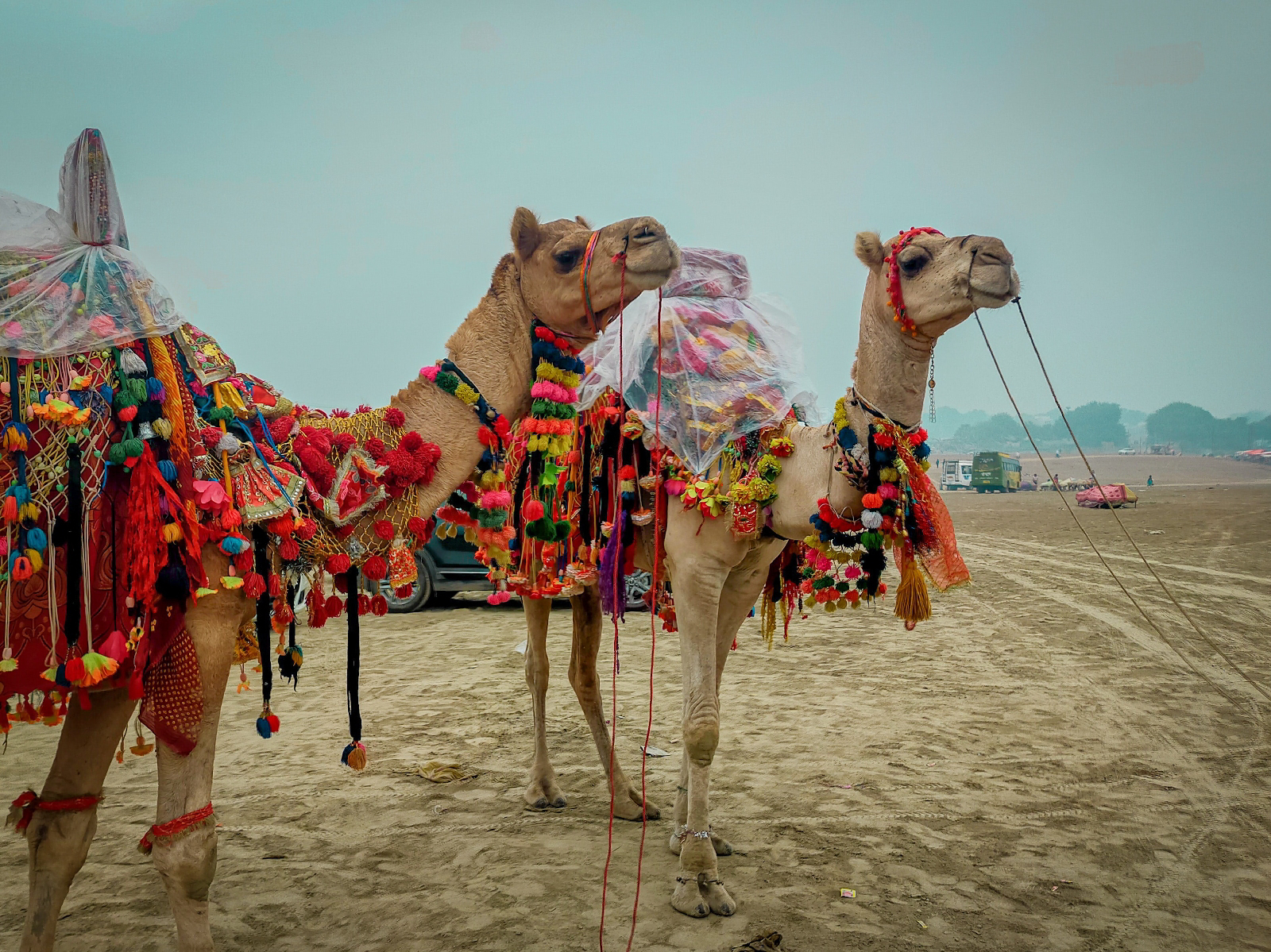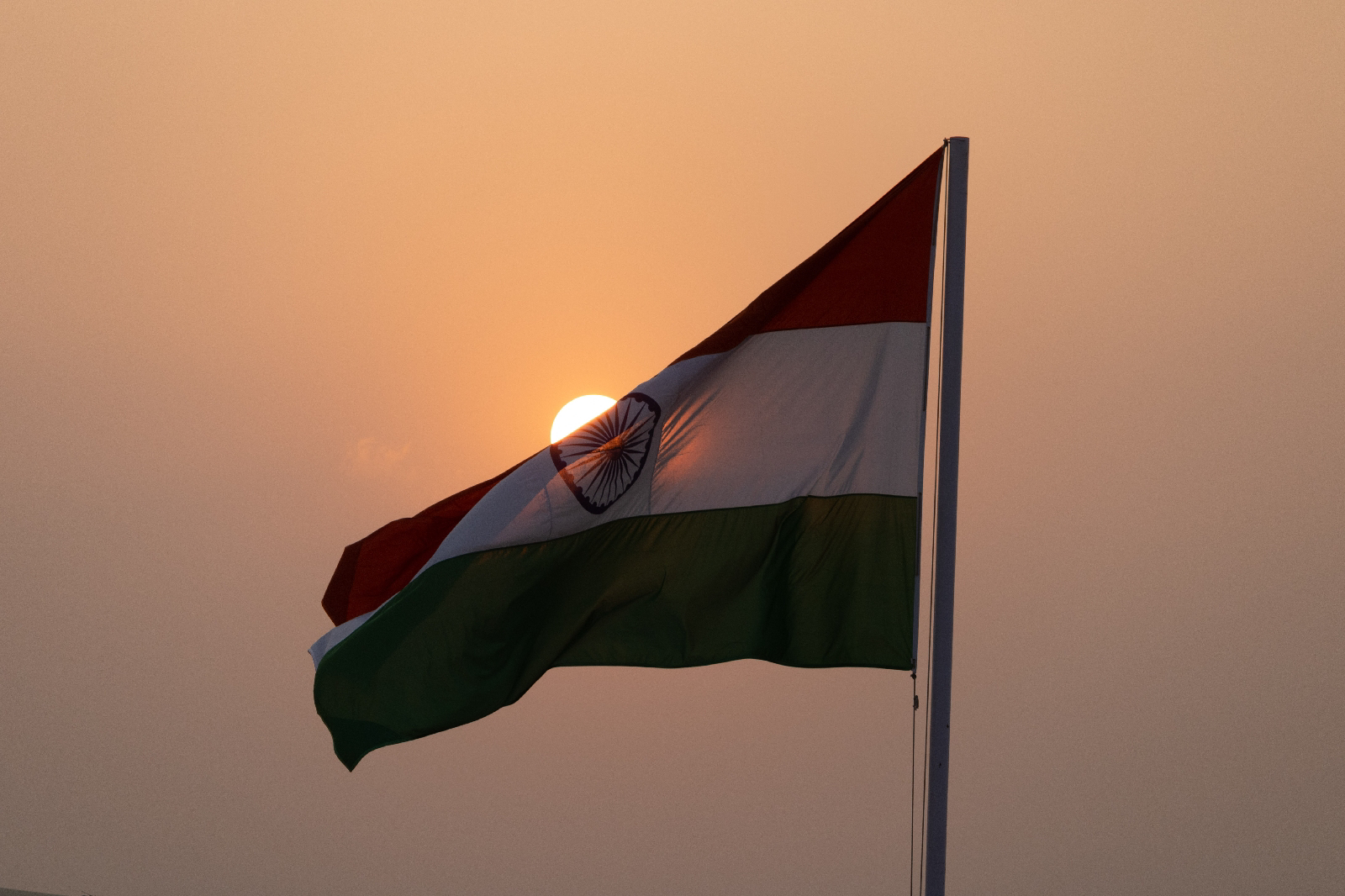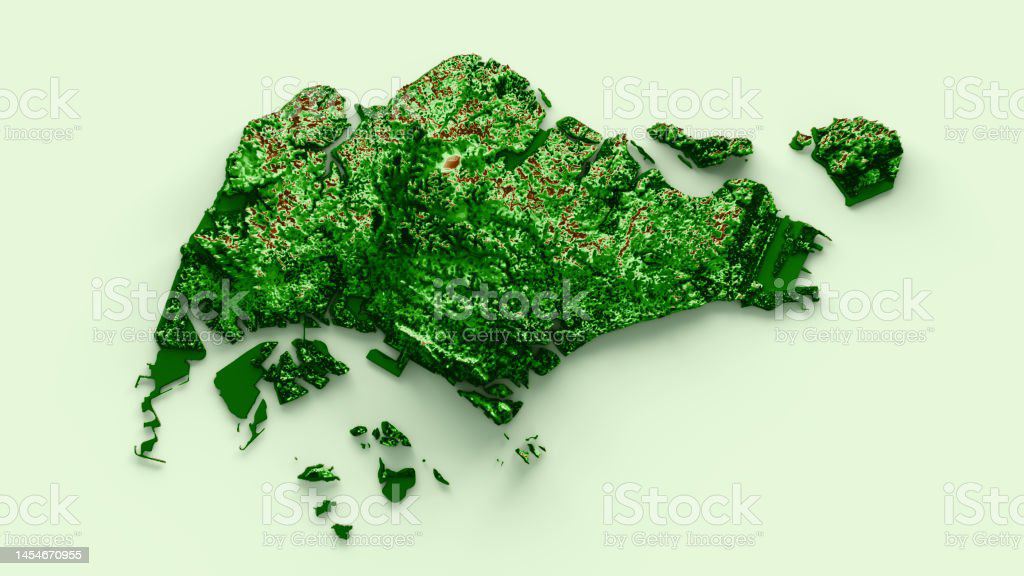NILE RIVER ✨❤
NILE RIVER✨❤
The Nile River is the longest river in the world, stretching over 6,650 kilometers (4,130 miles) across northeastern Africa. It flows through multiple countries, including Egypt, Sudan, South Sudan, Ethiopia, Uganda, and others. The Nile has been historically significant, supporting ancient civilizations and playing a crucial role in the development of agriculture in the region. It remains a vital water source for millions of people living along its banks.
The Nile River has played a significant role in shaping the culture of the regions it flows through, particularly in ancient Egypt. The river provided fertile land for agriculture, and its annual flooding cycle influenced the development of calendars and religious beliefs. The ancient Egyptians depended on the Nile for transportation, trade, and water supply.
Religious practices, such as the worship of river gods and goddesses, were also influenced by the Nile's importance in sustaining life. Additionally, the Nile fostered a rich artistic and architectural heritage, seen in the construction of pyramids, temples, and tombs.
Today, the Nile River continues to influence the cultures of the countries it traverses, including Egypt, Sudan, and others. It remains a vital source of water, supporting agriculture, transportation, and livelihoods for millions of people.
The river has two main tributaries, the White Nile and the Blue Nile. The White Nile originates from Lake Victoria in Uganda, while the Blue Nile begins in Ethiopia's Lake Tana. The two tributaries converge in Sudan's capital, Khartoum, and then the Nile flows northward, eventually emptying into the Mediterranean Sea in Egypt.
The Nile River has played a significant role in the history and development of the region. Ancient Egyptian civilizations thrived along its banks, relying on the river's annual flooding to fertilize the land and support agriculture. Today, the Nile remains a crucial water source for millions of people, supporting agriculture, transportation, and various economic activities.
Additionally, the Nile has been a vital transportation route throughout history, enabling trade and cultural exchange between different African regions.
However, the river faces challenges such as pollution, water scarcity, and increased demand due to population growth and industrialization. Various conservation efforts and international cooperation aim to address these issues and ensure the sustainable management of this essential water resource.
















Comments
Post a Comment